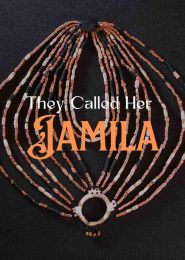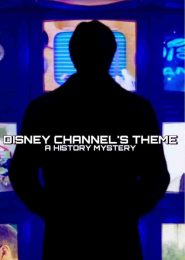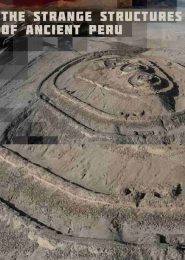Cracking the Maya Code (2008)
The documentary Cracking the Maya Code, which aired on April 8, 2008, delves into the fascinating history behind the scientific effort to decipher the ancient Maya hieroglyphs. These intricate symbols were carved on monuments, painted on pottery, and inscribed in handmade bark-paper books by the Maya civilization of Central America.
For centuries, scholars considered the Maya script too complex to ever understand. However, a series of ingenious breakthroughs finally cracked the code, revealing a wealth of new insights into the Mayas’ turbulent past. NOVA, in this epic inside story, takes us on a journey to the remote jungles of southern Mexico and Central America, investigating how the code was broken and what the Maya writings now reveal1.
The documentary sheds light on the following key aspects:
- The Enigma of Maya Hieroglyphs: The Maya hieroglyphic script remained one of the last great untranslated writing systems until recently. Its complexity baffled researchers, but their determination led to remarkable discoveries.
- Decoding Efforts: Scientists, linguists, and archaeologists worked tirelessly to decipher the glyphs. Their breakthroughs involved painstaking analysis of inscriptions, comparisons with related languages, and collaboration across disciplines.
- Unlocking the Past: As the code was cracked, a treasure trove of information emerged. Maya texts revealed details about their rulers, rituals, religious beliefs, and historical events. The hieroglyphs provided glimpses into the lives of this ancient civilization.
- Cultural Significance: Understanding the Maya script not only enriched our knowledge of their civilization but also deepened our appreciation for their art, science, and societal structures.
In summary, Cracking the Maya Code showcases the relentless pursuit of knowledge, bridging centuries of mystery and connecting us to a remarkable civilization that thrived in the heart of the jungle. Through this documentary, we gain a newfound respect for the Maya people and their enduring legacy.




